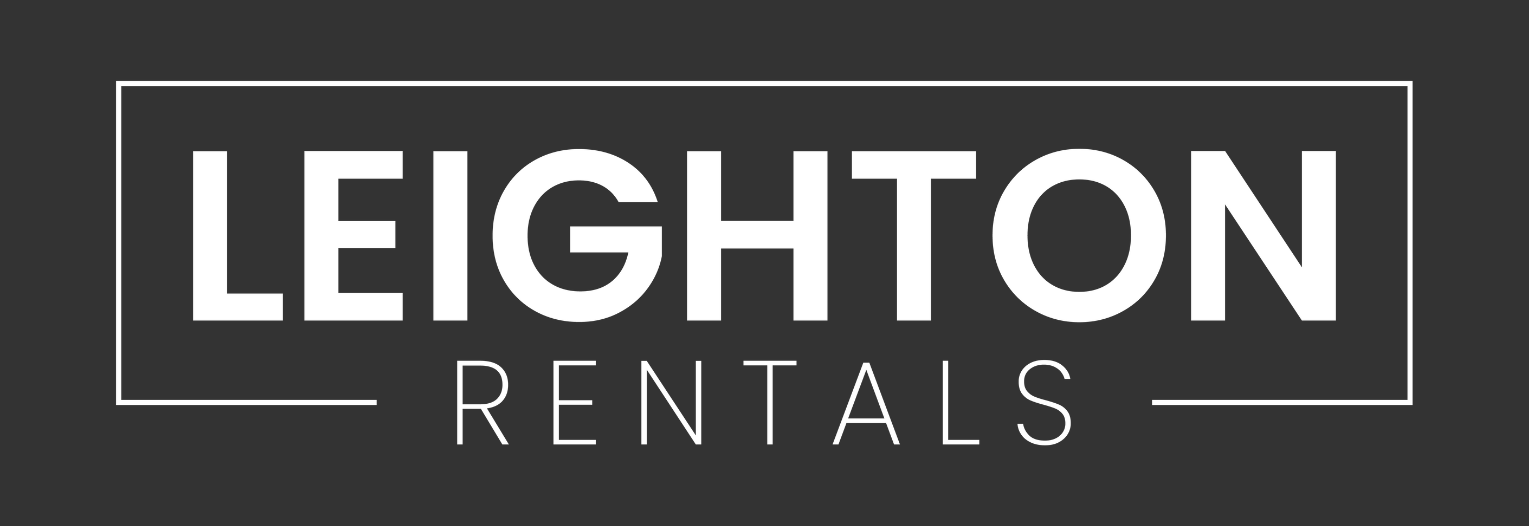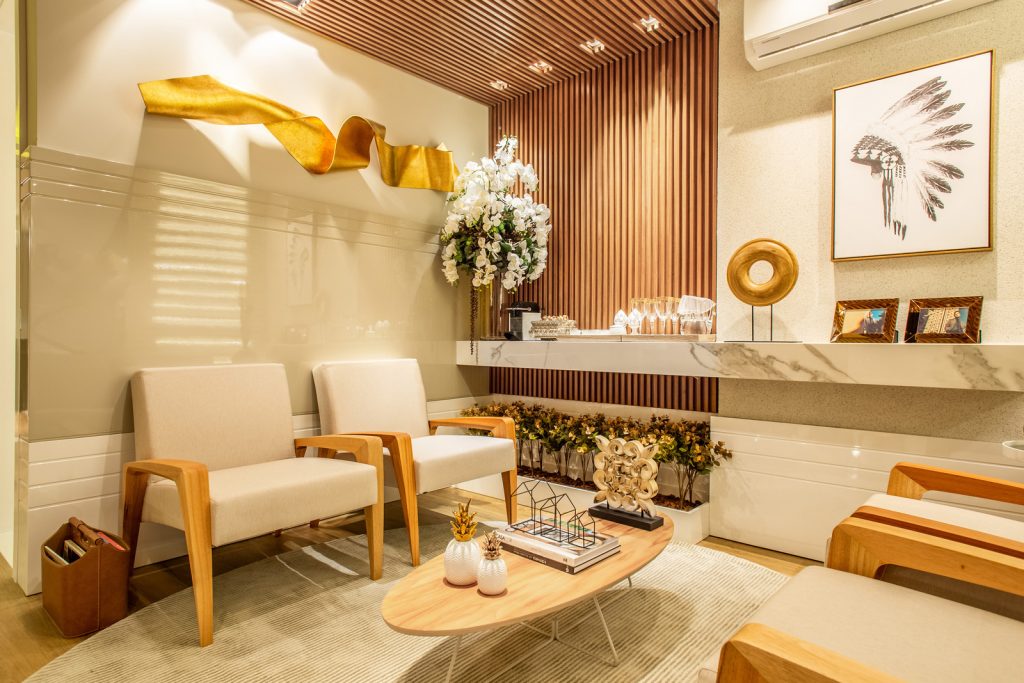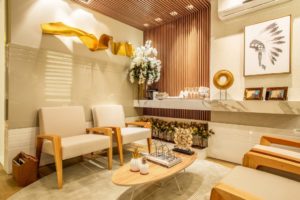Interior Design is a phrase that morphs definition depending on the context. For most, these ideas are influenced by our favorite HGTV shows. We each have our own unique taste and strategies when it comes to making our house a home. Although us Cape Codders love a good nautical theme, sometimes it is necessary to branch out. The easiest solution might be to hire a home staging team and put it in the hands of a polished professional. But in my opinion, they are missing a very vital piece of the puzzle- YOU! All it takes is figuring out what interior design style you gravitate toward, and sticking to those key elements of design.
Do you have a clean slate to work with and need somewhere to start? Or are you just lost when it comes to making a space ‘aesthetically pleasing’? Whether looking for throw pillows, wall art, furniture or installations, these common interior design schemes will help categorize the items into a consistent flow of thematic inspiration.
Styles
Traditional
Traditional design’s platform is molded by 18th & 19th Century England and France. The essence of European rich colors and expensive textiles like velvet & silk are complimentary in this layout. Traditional interiors include plush furniture made from dark wood that is ornately detailed. Traditional styles love the use of patterns: florals, stripes, plaid, etc. Accessories are laid out in abundance to accentuate the furniture. You may see a bit of glam added with crystal chandeliers.
Industrial
“Simple yet bold”. Industrial refers to no-hassle décor that is displayed in warehouses & factories. Think of the cultural transformation of industrial buildings into residential spaces – in the best way possible. Unfinished, raw wood, metal windows & exposed brick are key indicators of Industrial style design. Regarding décor, recycled, raw material and unique textiles really sell this aesthetic. This approach to decorating leaves the most possibility for those one-of-a-kind items.
Farmhouse
Farmhouse design style is known for its mixed use of metals. Contrast is your friend in regard to metals. An important key element in this style is the connection to nature. This should be expressed in it’s essential display of raw wood & greenery found in every room. Colors stay along the neutral line, and when adding a pop of color, farmhouse sticks to the natural schemes- deep navy, sage green, or burnt orange. For modern farmhouse living, keep an eye out for barn doors, wide plank floors, and sleek lighting.
Transitional
If you are having a hard time choosing between Traditional and Modern, then this is the style for you! This design uses aspects of both, without being too much. Transitional design incorporates modern items like steel and glass, with traditional plush furnishings. It is not a scattered, eclectic mess; rather, it is only lightly adorned with accessories – a clean room with added texture and a neutral color palette. As you are meshing two prominent designs into one, this style might be more difficult and require more attention to detail. The end result, should be a balance between feminine and masculine.
Minimalist
Minimalism is the phrase, “less is more”. Minimalist love an empty space, with focus on modern design- but simplifies them further. Built in storage is a plus for the minimalist. Color palettes are neutral and airy- excluding patterns. Furnishings are simple and streamlined, and there is absolutely nothing extra or flamboyant. If you are seeking to stick to a minimalist theme, the key take-aways are a sense of functionality & ultra clean lines.
Mid-Century Modern
This theme is called Mid Century, due to the featured designs that came out of the mid-1900’s. Think, moving away from traditional and embracing the modern. This category is ultimately characterized by defined lines, minimalist silhouettes, and natural shapes. Rich and luxurious woods such as teak, rosewood, and walnut are regularly used. These living areas usually see the “pop of color” with accents. This theme captures a breezy, seamless flow and encourages the transitional indoor-outdoor living.
Contemporary
Contemporary designs are ever evolving and based in the “now”. This design has the most grey area, as it borrows from many different styles. Contemporary 21st century design highlights a sleek, sophisticated, and simple living space. A contemporary room showcases the space, as opposed to things. Open layouts are a staple, creating this distinct & interesting space. Natural light is another important element, and oftentimes rooms are surrounded by windows. You might see metal & glass used in decorating, as contemporary design favors their light reflective properties. Neutral colors are used with textured materials when decorating.
When approaching the task of staging your house, there is no right or wrong way to do it. I hope this blog helped summarize your taste in interior design. And if not well…
“Be faithful to your own taste, because nothing you really like is ever out of style.”
Billy Baldwin






